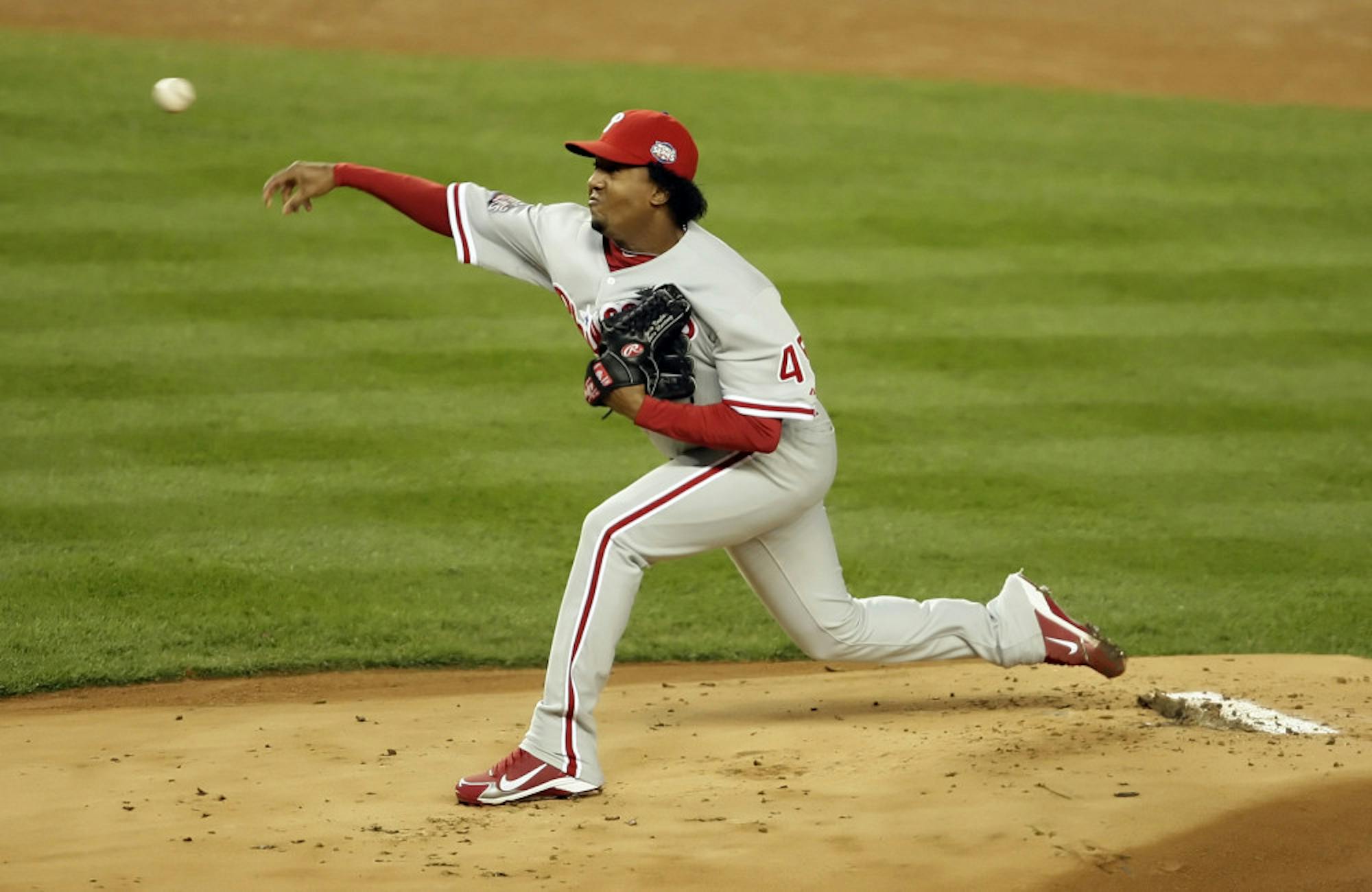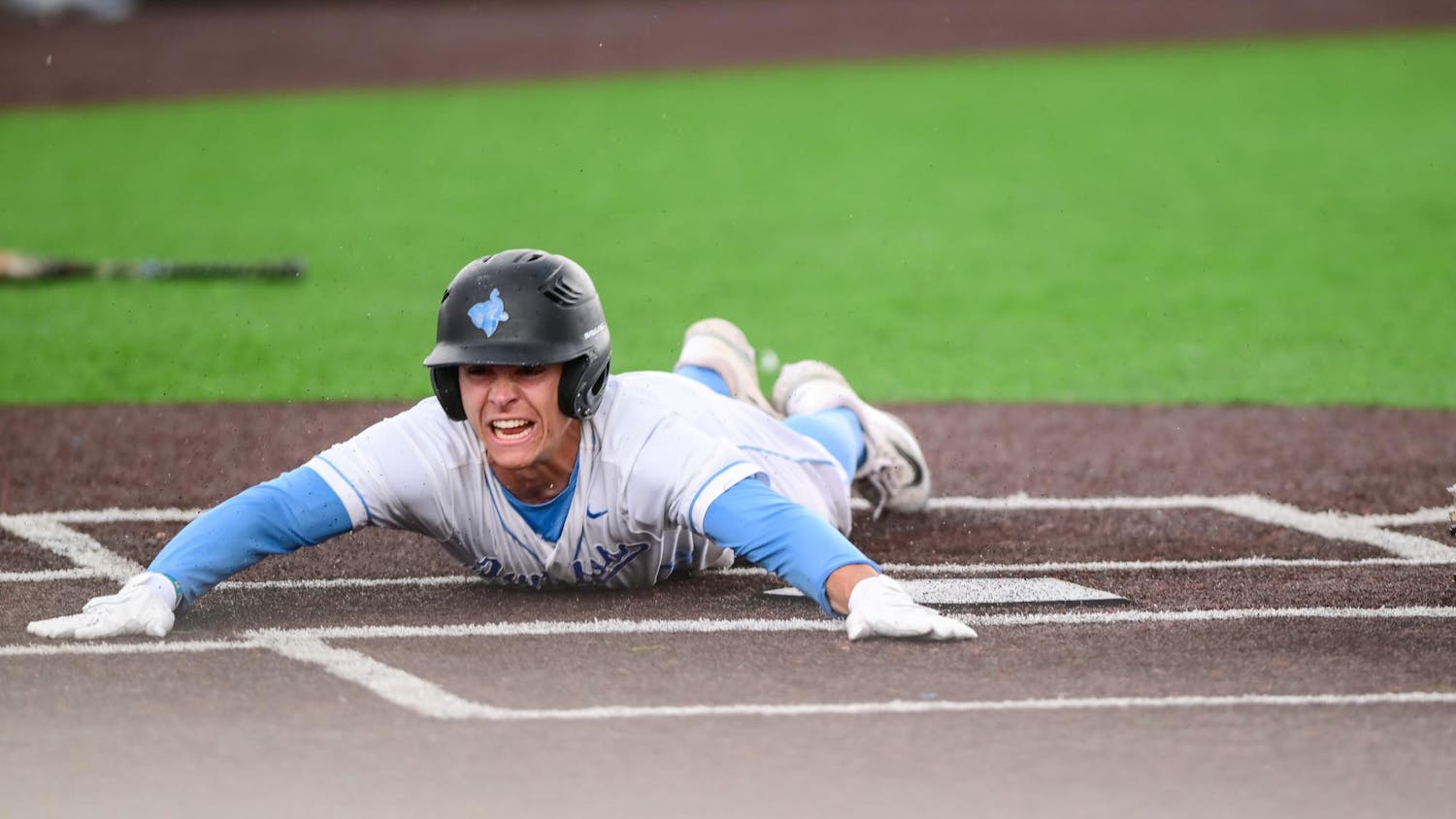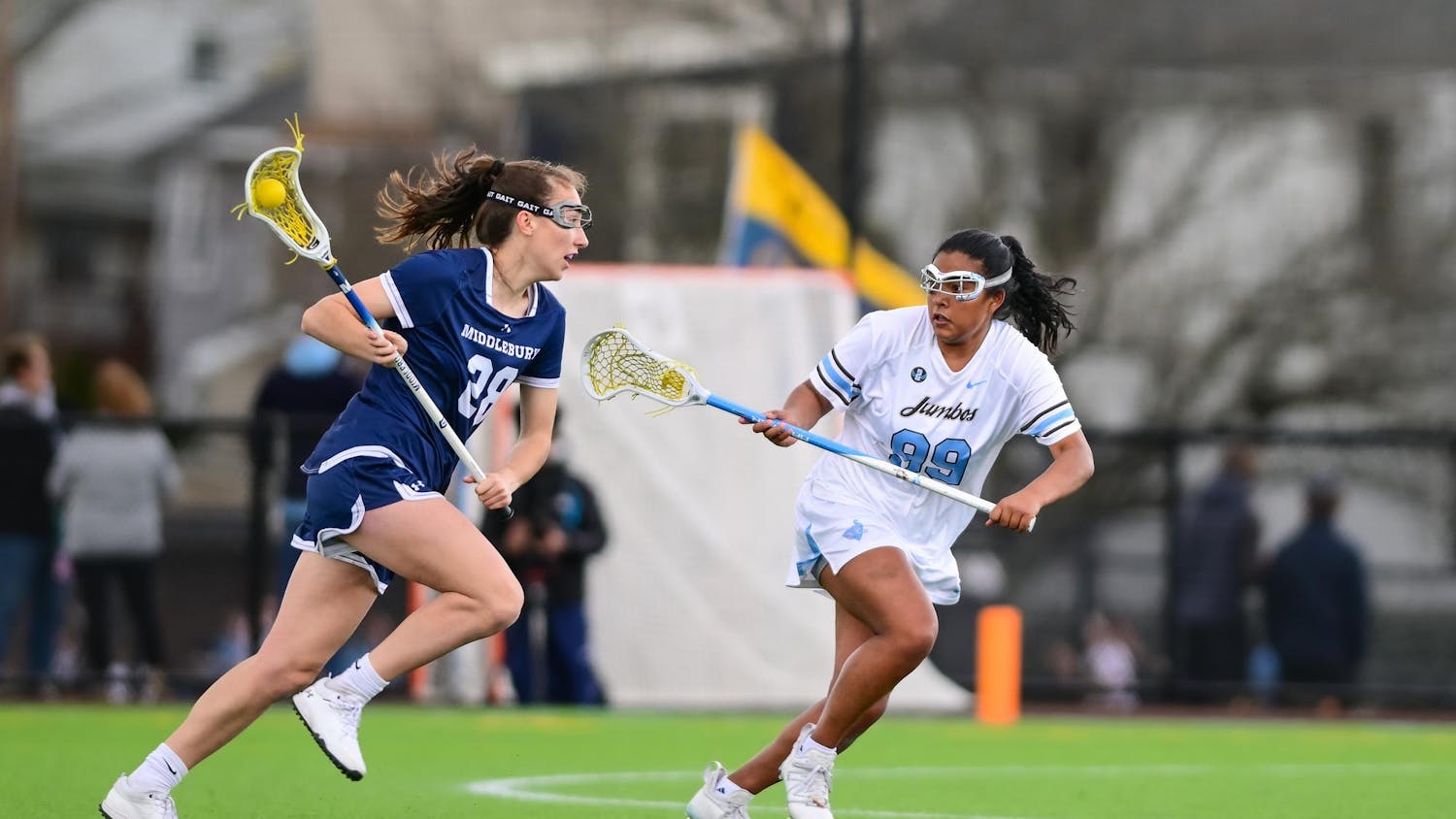In early January, Randy Johnson, Pedro Martinez, John Smoltz and Craig Biggio achieved the necessary 75 percent voting threshold to be a member of the Baseball Hall of Fame. They will be officially inducted later this year.
Other players just missed the cut. Guys like Mike Piazza, Jeff Bagwell and Tim Raines had over 50 percent of the vote, and will still have a chance to make it in future years. Other players seem like longer shots. Some of these bigger names are players linked to performance enhancing drugs like Barry Bonds (36.8 percent) and Roger Clemens (37.5 percent), as well as star modern era players like Curt Schilling (39.2 percent), Mike Mussina (24.6 percent), Jeff Kent (14 percent) and Larry Walker (11.8 percent).
All of Johnson, Martinez, Smoltz and Biggio are statistically worthy of induction into the Baseball Hall of Fame. According to Jay Jaffe’s JAWS metric, however, which holistically considers offensive, defensive and baserunning performance necessary for the Hall of Fame, there were at least 11 other worthy candidates this year (I read 12 in my research). Some of these players have been linked to PEDs, so their character may not meet Hall of Fame standards according to some, but others like Piazza, Bagwell, Raines, Schilling, Mussina and Alan Trammell simply are not receiving the votes.
Many people have proposed solutions to the problem of worthy candidates being denied entry into the Hall of Fame. One of the most common is to allow every sportswriter to put more than 10 names on his ballot (the current upper bound). This solution does have some merit as many sportswriters have to make difficult cuts in narrowing the ballot down to 10 players. The fact of the matter, however, is that Curt Schilling and Mike Mussina are already two of the 10 best players on this year’s ballot, and if someone excluded them from his list, it is much more likely that the person put fewer than 10 names on his ballot, and therefore would not be influenced by a change in the maximum number of names.
A different solution is to force everyone to make their ballots public. Ryan Thibs collected data on the 229 voters (out of 549 total) who publicly displayed their choices. If the percentages of the 229 public voters carried over to all 549 voters, Mike Piazza would have been elected as well. Additionally, Tim Raines got about 19 percent more on public ballots (66 percent) than private ones (47 percent), Schilling got 17 percent more (49 percent versus 32 percent), Mussina got 16 percent more (34 percent versus 18 percent) and Bagwell got 14 percent more (64 percent versus 50 percent). These differences are significant, and imply that the two sets of voters are fundamentally different.
Determining whether publicly displaying votes is actually causing the discrepancy between the two groups is tough to tell. We are observing two effects at once when comparing these differences: the treatment effect and the selection bias effect. The treatment effect of revealing a ballot publicly is precisely how any individual member of the Baseball Writers’ Association of America (BBWAA) changes their voting behavior knowing their choices will be public versus private. This is the effect we are interested in here. However, the selection bias effect blurs these results. The selection bias effect involves measuring fundamental differences between the actual sample of people who voted publicly versus privately. A concrete example of how selection bias effects blur our ability to observe the treatment effect is in hospitals. The average life expectancy of a person who goes to a hospital is less than someone who does not. Obviously, we know this is a result of a difference in the selection mechanism between those who go to hospitals and those who do not; for the most part, only sick people go to hospitals. However, a naïve interpretation would be that hospitals decrease a person’s life expectancy (i.e., the difference between life expectancies of people who go to hospitals versus not is entirely due to a negative treatment effect of hospitals).
Perhaps some writers display their votes publicly because they know the public will stand behind them in the first place. This reasoning associates the large difference in public and private ballots to be mostly due to the selection bias effect. However, there is a very real possibility that the effect of revealing his ballot to the public makes a voter more responsible, and seriously consider who the most worthy candidates are. Last year, Dodger beat reporter Ken Gurnick publicly revealed that he only voted for Jack Morris, a decision based on weak if any reasoning. After receiving tons of backlash and public scrutiny, he announced he would no longer vote for the Hall of Fame. The public called Gurnick out for his lack of respect towards the process, and in response he became more responsible.
Maybe forcing everyone to be completely transparent is too much. Would we want to force everyone to publicly defend their vote in a presidential election, for instance? The current process, however, allows for people to completely hide behind their vote. A middle ground, like a discussion between BBWAA members (essentially a really large jury), may be a better solution. However, no matter what, transparency in voting is the missing piece for players like Tim Raines.
Transparency is the missing piece

Red Sox legend Pedro Martinez, pictured here with the Phillies, earned a spot in Cooperstown.





